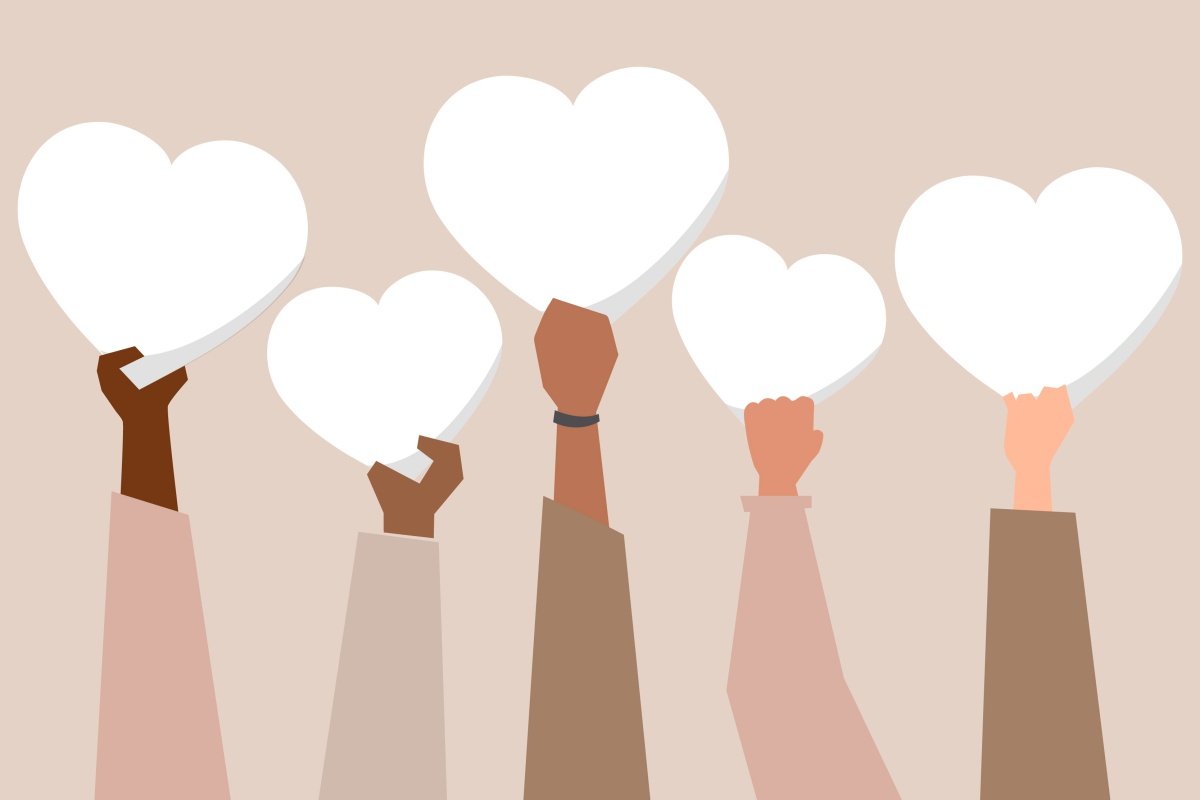EATING DISORDER STATISTICS
Awareness is such an important part of advocating for change and these eating disorder statistics help us create more of that. With this data, we can paint a picture of how this condition is really impacting the people around us. You may even be surprised to hear some of these stats—most people are.
So, we ask that you not only read these eating disorder statistics, and get familiar with the reality, but that you also share them with others. The more awareness we can build, the more change we can make together.
Eating Disorder Statistics on Impact
At least one in ten people in the U.S. will be diagnosed with an eating disorder in their lifetime - that’s nearly 30 million people. However, some experts suggest that eating disorders affect up to half of the American population, and “disordered eating” affects the vast majority. (source)
Eating disorders are the second most fatal mental illness, second only to Opioid Use Disorder. (source)
One person dies as a direct result of their eating disorder every 52 minutes, whether through medical complications or by suicide. (source)
Only 10% of people with eating disorders ever receive treatment. (source)
Dispelling Stereotypes
Less than 6% of people with eating disorders are medically underweight. (source)
Binge Eating Disorder is more common than Anorexia Nervosa and Bulimia Nervosa combined. (source)
25-40% of people with eating disorders are men or boys. (source)
Transgender and gender nonconforming (TGNC) individuals are at least four times as likely to struggle with an eating disorder than their cisgender counterparts; however, some experts expect that number is likely much higher, with TGNC individuals eight times as likely to struggle with an eating disorder. (source)
Binging and purging behaviors are more common among Black and Latina women than white women. (Georee source, Swanson source)
While eating disorders typically onset in adolescence or early adulthood, they often persist into older adulthood - especially when untreated. At one eating disorder program, at least 13% of people in their residential treatment for eating disorders are aged 41-55.
Black women are 25% less likely to be diagnosed as white women with the exact same eating disorder behaviors. (source)
High weight people with eating disorders are exponentially more likely to be encouraged to engage in eating disorder behaviors (restriction, over-exercise, etc) in order to lose weight than to be screened for an eating disorder by their doctors. (source)
Only 17% of Black women, 41% of Latina women, and 44% of white women are accurately diagnosed by doctors when presenting with an eating disorder. (source)
Costs & Treatment Access
The vast majority of outpatient eating disorder providers are not paneled with insurance and have full practices with private-pay clients.
The University of California San Diego estimates that the average eating disorder treatment episode costs $80,000.
According to the FEDUP Collective, there are 228 eating disorder treatment centers in the U.S. With an average census of 25 people per program, there are around 6,000 available treatment spots in the U.S. That’s one spot for every 5,000 people who have been diagnosed with an eating disorder.
The most comprehensive list of BIPOC (Black, Indigenous & People of Color) and LGBTQ+ (Lesbian, Gay, Bisexual, Transgender, Queer, etc) eating disorder providers has also been aggregated by FEDUP Collective. It lists just 57 BIPOC and LGBTQ+ providers. Assuming that this list is not comprehensive, Project HEAL generously estimates that there are a maximum of 150 BIPOC or LGBTQ+ eating disorder providers in the U.S. That’s around 5% of the eating disorder provider field.
Annually, funding for eating disorder research is just 73¢ per person affected, totaling around $21 million. (source)
If you need help with an eating disorder or know someone who does, please apply to Project HEAL for support.


